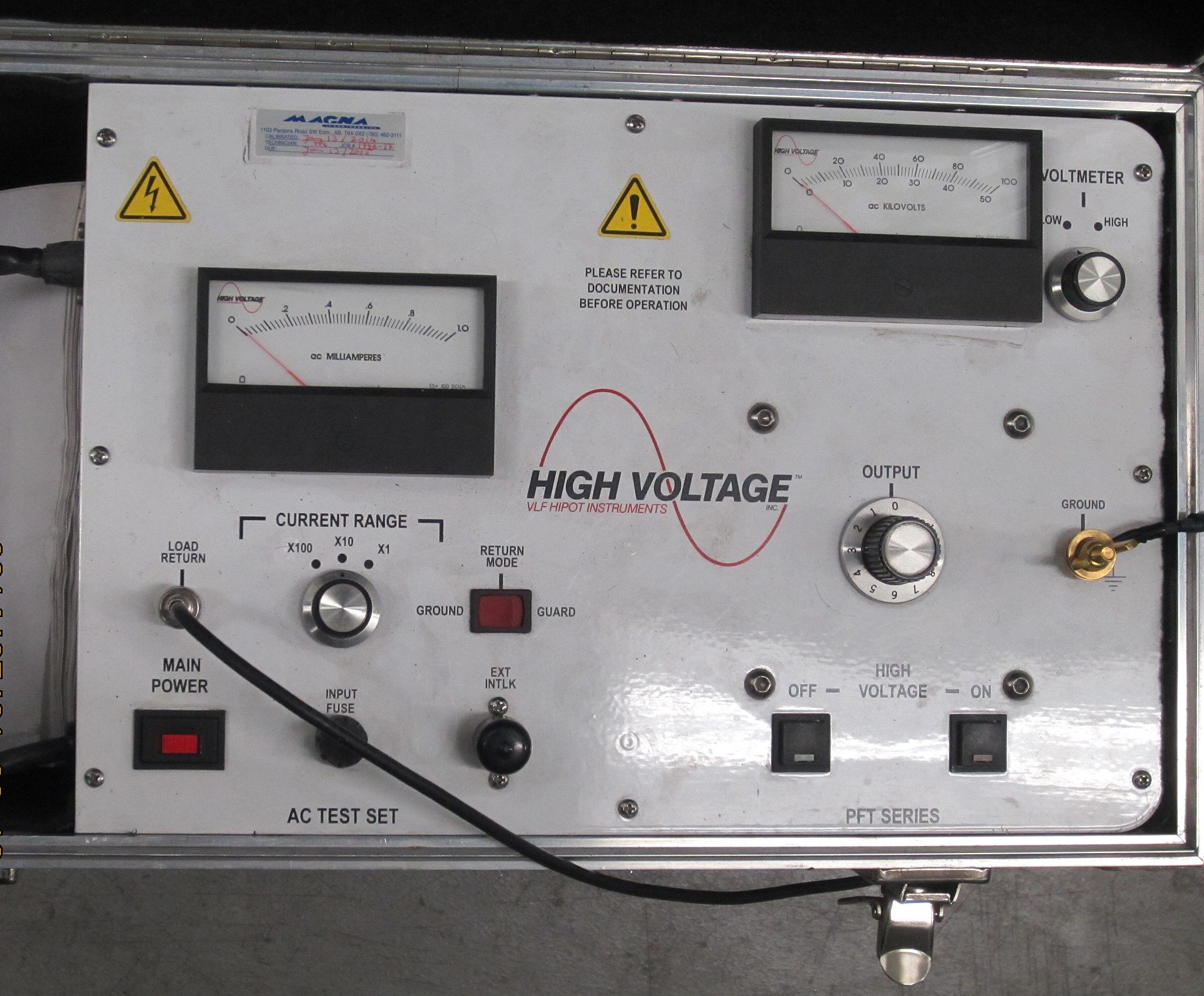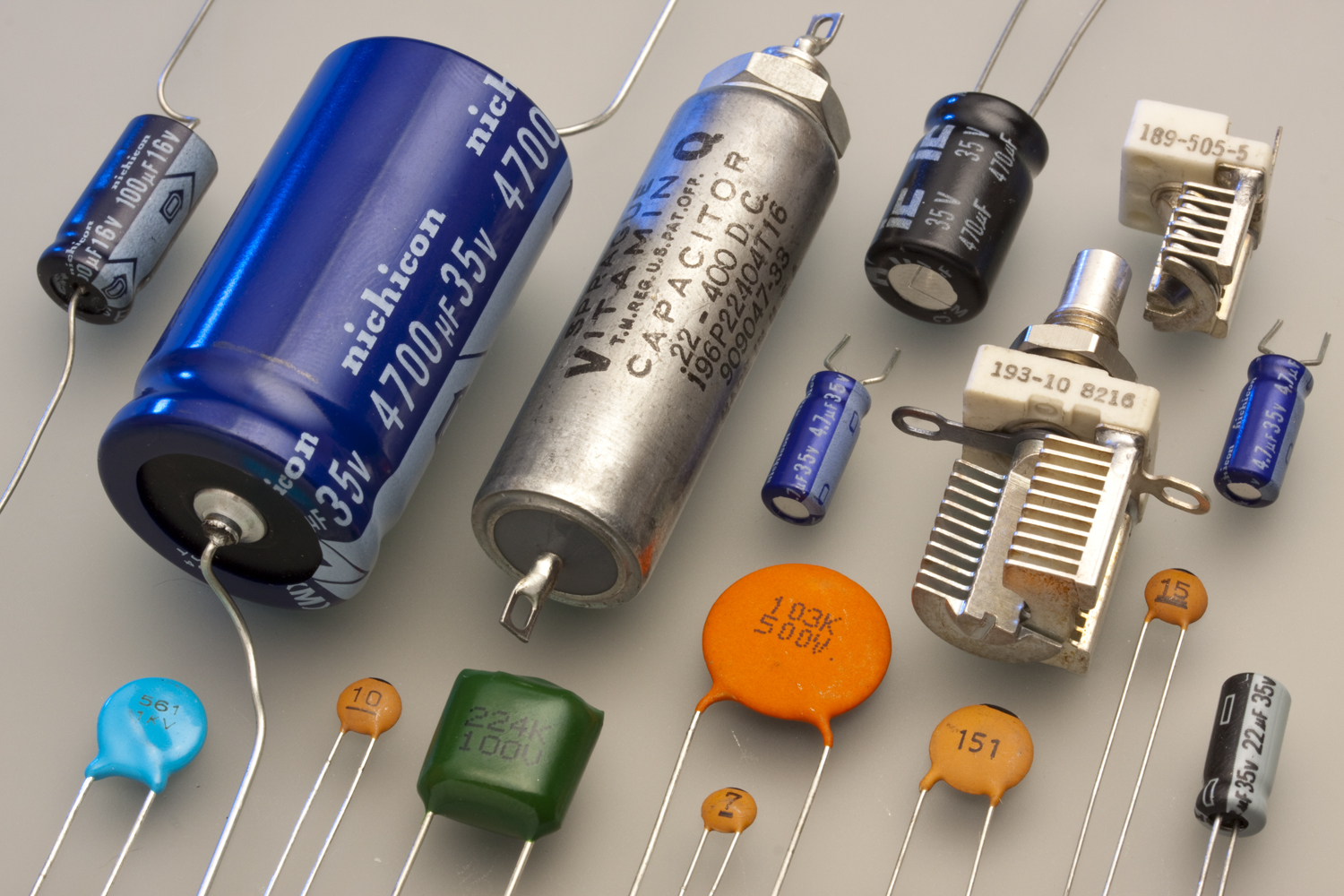Difference Between Dielectric and Capacitor
Electrical energy is one of the most important and commonly used forms of energy in human life. This is due to the fact that it is easy to use and highly portable. The energy is held in the configuration of electric charge and is carried in the magnetic and electric fields. For electrical conduction to take place efficiently, dielectrics and capacitors are used.

What is Dielectric?
Commonly found in circuits, dielectrics are insulators that can be polarized in the presence of an electric field. In instances where dielectrics are placed in an electric flow, electrical charges do not flow through the material. When the electric field is applied, the molecules reorient uniformly due to the fact that positive and negative ends in the molecules in the dielectric are attracted to the negative and positive sources of the field. The dielectric polarization creates an electric field within it and acts in the opposite direction of the field that is created by the charged plates of the capacitor. This hence reduces the magnitude of the effective electric field between the charged plates.
Dielectrics are useful in optics, electronics, cell biophysics, and solid state physics. Dielectric materials can be in solid, gas or liquid form, with the most common being solid dielectrics as they are great insulators. Examples include glass, porcelain, and plastics. The most common gaseous dielectrics include nitrogen, air and sulfur hexafluoride. Among other common dielectrics include industrial coatings, mineral oils, crystals, and polymers.

What is Capacitor?
Invented by Ewald Georg, a capacitor is an electronic component that stores electrical energy in an electric field, hence adding capacitance to a circuit. Most capacitors contain more than two electrical conductors in the form of surfaces separated by dielectric medium or metallic plates.
Capacitors consist of two conductors commonly separated by a non-conductive region, which can either be a vacuum or an electrical insulator. A charge on one conductor exerts a force on the charge carriers, hence repelling like charges and attracting an opposite charge. The conductors hence hold opposite and equal charges on the surface. The dielectric then develops electric fields. Capacitor materials include ceramic disc, multilayer ceramic, tubular ceramic, multilayer polyester film, aluminum electrolyte, and metalized polyester film.
Capacitors are used in;
- Electric circuits- Capacitors block direct current in electronic circuits while allowing alternating current to pass through.
- Analog filter network- To regulate the output of power supplies
- Resonant circuits- To tune radios into particular frequencies
- Electric power transmission- Stabilize power flow and voltage
Similarities between Dielectric and Capacitor
- Both are used in electric fields
Differences between Dielectric and Capacitor
Definition
While dielectrics are insulators that can be polarized in the presence of an electric field, capacitors are electronic components that store electrical energy in an electric field, hence adding capacitance to a circuit.
Use
Dielectrics are used in optics, electronics, cell biophysics, and solid state physics. On the other hand, capacitors are used in Electric circuits, analog filter network, resonant circuits, and electric power transmission.
Examples
Some examples of dielectric materials include glass, porcelain and plastics, nitrogen, air and sulfur hexafluoride, mineral oils, crystals, and polymers. On the other hand, examples of capacitor materials include ceramic disc, multilayer ceramic, tubular ceramic, multilayer polyester film, aluminum electrolyte, and metalized polyester film.
Dielectric vs. Capacitor: Comparison Table

Summary of Dielectric vs. Capacitor
While dielectrics are insulators that can be polarized in the presence of an electric field, capacitors are electronic components that store electrical energy in an electric field, hence adding capacitance to a circuit.
- Difference Between Profit Center and Investment Center - July 2, 2022
- Difference Between Anti-Trust and Anti-Competition - June 6, 2022
- Difference Between Stocktaking and Stock Control - June 6, 2022
Search DifferenceBetween.net :
Leave a Response
References :
[0]Image credit: https://en.wikipedia.org/wiki/Dielectric_withstand_test#/media/File:High_voltage_test_set.jpg
[1]Image credit: https://commons.wikimedia.org/wiki/File:Capacitors_(7189597135).jpg
[2]Raju Gorur. Dielectrics in Electric Fields. CRC Press Publishers, 2003. https://books.google.co.ke/books?id=GX0_yWgN1xoC&printsec=frontcover&dq=Difference+between+dielectric+and+capacitor&hl=en&sa=X&ved=0ahUKEwimkZHdxIfhAhWF1uAKHRQ0Cz84ChDoAQgzMAI#v=onepage&q=Difference%20between%20dielectric%20and%20capacitor&f=false
[3]Kaiser Cletus. The Capacitor Handbook. Springer Science & Business Media Publishers, 2012. https://books.google.co.ke/books?id=FOatBAAAQBAJ&printsec=frontcover&dq=Difference+between+dielectric+and+capacitor&hl=en&sa=X&ved=0ahUKEwimkZHdxIfhAhWF1uAKHRQ0Cz84ChDoAQhDMAU#v=onepage&q=Difference%20between%20dielectric%20and%20capacitor&f=false
[4]Sinha A, Eizenberg M & Muraka S. Interlayer Dielectrics for Semiconductor Technologies. Elsevier Publishers, 2003. https://books.google.co.ke/books?id=W7RsPR_S0KIC&printsec=frontcover&dq=Difference+between+dielectric+and+capacitor&hl=en&sa=X&ved=0ahUKEwiR_5bRxIfhAhWSAWMBHTmUAMgQ6AEIRTAF#v=onepage&q=Difference%20between%20dielectric%20and%20capacitor&f=false
